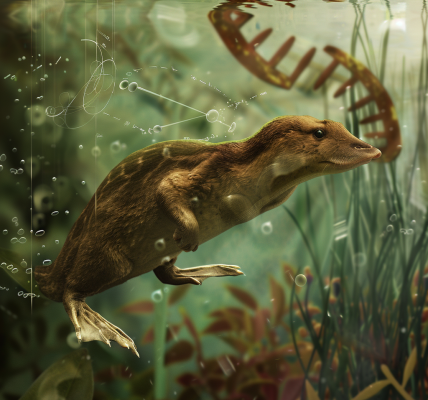Remains of ‘Buried Planet’ Uncovered Deep Within Earth, Potentially Linked to Moon-Forming Impact
Scientists have recently made a fascinating discovery deep within the Earth, uncovering the remains of a ‘buried planet’ that could potentially be linked to a moon-forming impact that occurred 4.5 billion years ago.
While our understanding of planets and the solar system continues to evolve, the uncovering of the buried planet’s remnants adds another intriguing chapter to scientific exploration.
Seismologists identified two massive ‘basal mantle anomalies’ beneath the Pacific and Africa, indicating dense areas distinct from the surrounding mantle. This anomaly suggests a unique material composition, leading researchers to speculate on its origins.
According to a theoretical article published in Nature, researchers proposed that these anomalies could be remnants of a planet named Theia, which collided with Earth billions of years ago, ultimately forming the Moon from the debris.
Utilizing giant-impact simulations, the research team demonstrated how a portion of Theia’s mantle could have merged with Earth’s lower mantle, offering insights into the density and composition of Theia compared to the Moon.
If samples matching Theia’s density and composition are found within the Earth, it would provide compelling evidence supporting the theory of Theia’s collision with Earth and subsequent Moon formation.
The study’s authors highlighted that the preservation of Theia’s material deep within Earth aligns with the expected outcomes of a giant impact event like the one believed to have created the Moon.
Reflecting on the implications of this discovery, the researchers suggested that similar mantle heterogeneities resulting from impacts could exist within other planetary bodies, shedding light on the broader dynamics of celestial collisions.
For those without a background in astrophysics, the complexity of these findings may seem akin to a mesmerizing lava lamp, with slow-moving ‘blobs’ deep within the Earth capturing the imagination of scientists and enthusiasts alike.





